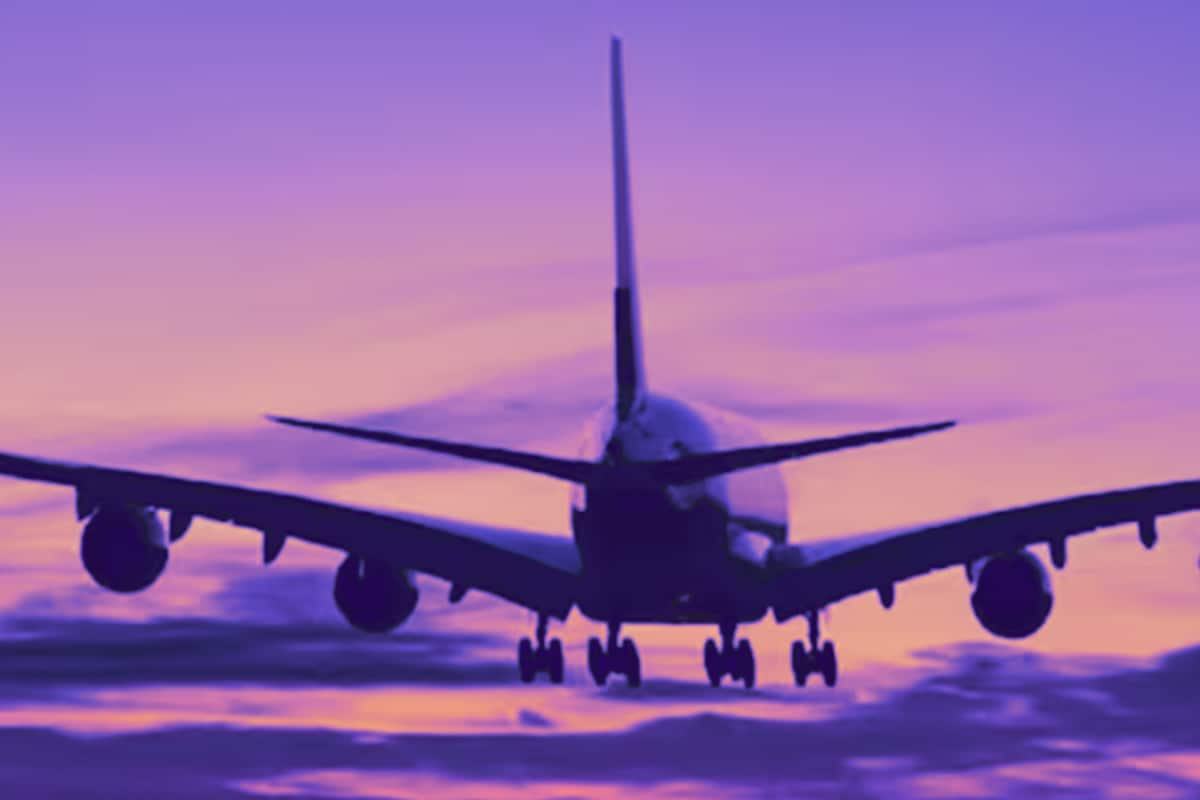

India's aviation sector has experienced substantial growth, positioning it as the world's fifth-largest aviation market. In 2024, the country handled 241 million passengers, marking an 11.1% increase compared to the previous year when it managed 211 million flyers. This growth has enabled India to surpass Japan, which recorded 205 million passengers despite a faster growth rate of 18.6%.
The United States remains the largest aviation market globally, with 876 million passengers in 2024, demonstrating a 5.2% year-on-year growth. China follows with 741 million passengers, a significant 18.7% increase from 2023. The United Kingdom ranks third with 261 million passengers, and Spain is fourth, matching India with 241 million passengers. These figures include both domestic and international passengers.
Domestic air passenger traffic within India also saw a 6.12% increase in 2024, reaching 161.3 million passengers, according to the Directorate General of Civil Aviation (DGCA). In 2023, this number was 152 million. IndiGo's share of the domestic air passenger traffic increased from 60.5% in 2023 to 61.9% in 2024, with the airline carrying 99.9 million domestic air passengers in 2024.
Several factors contribute to India's burgeoning aviation market. A robust economy and a rapidly expanding middle class are driving the demand for regional air travel. Low-cost carriers (LCCs) stimulate demand by connecting emerging regions with affordable fares, holding nearly 90% of all domestic seats. The UDAN regional scheme and rising middle-class travel demand further underpin this growth.
The Mumbai–Delhi route is recognized as the seventh-busiest airport pair globally, with 5.9 million passengers in 2024. The Jeju–Seoul route in South Korea leads worldwide with 13.2 million passengers. The Asia Pacific region dominates the rankings for the world's busiest airport pairs, with Jeddah–Riyadh being the only non-Asia Pacific route in the top ten.
International premium travel, including business and first-class passengers, experienced a global growth of 11.8% in 2024, slightly outpacing economy class growth at 11.5%. The Asia Pacific region led in premium travel growth, with a 22.8% year-on-year increase.
Boeing forecasts that South Asia will become the fastest-growing commercial aviation market, with over 8% annual traffic growth over the next 20 years. To meet rising passenger and cargo demand, South Asian carriers are projected to quadruple their fleet size over the next two decades. This growth will require 37,000 new pilots and 38,000 maintenance technicians in the region over the next 20 years, primarily driven by demand in India.
The Indian aviation market was valued at USD 14.47 billion in 2024 and is estimated to reach USD 40.81 billion by 2033, exhibiting a compound annual growth rate (CAGR) of 12.21% during 2025-2033. The commercial aviation segment led the market in 2024, accounting for 62.2% due to increasing demand for air travel, spurred by an expanding middle class, rising disposable incomes, and growing consumer preference for air travel.
Despite the overall positive trend, the domestic market has contracted slightly by 0.3%, while the international market has grown by 8.1%. Low-cost airlines dominate the Indian market, holding 65% of capacity and growing by 7% in July 2025 compared to July 2024. Full-service airline capacity has reduced by 7% year-on-year and accounts for 32% of the Indian market.
Delhi is the busiest state in India for air travel, with 3.6 million seats and a 14.9% share of India's total market, although its capacity is 4.9% lower than in July 2024. Mumbai and Bengaluru are the second and third busiest airports in India, with 1.9 million and 1.7 million seats, respectively, for July 2025.